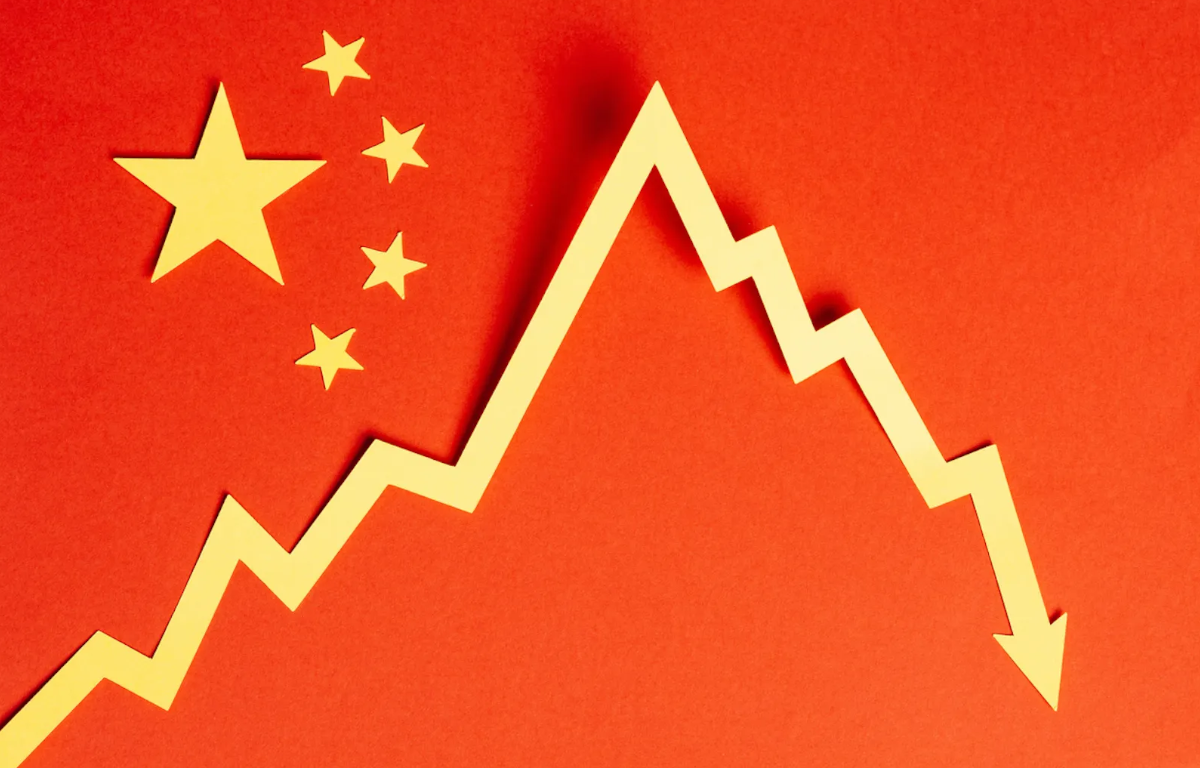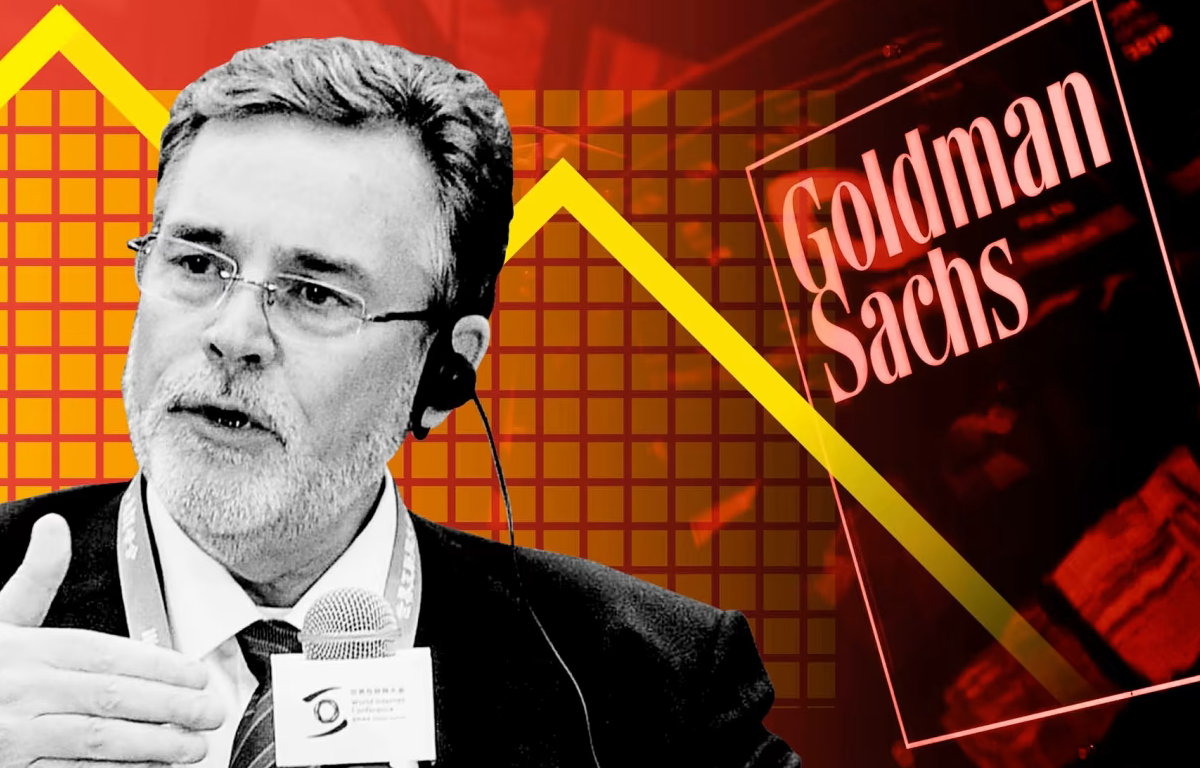
China’s economy, known for its rapid growth, now faces the significant risk of deflation. Deflation refers to a sustained decrease in the general price level of goods and services. While initially seeming beneficial to consumers, prolonged deflation can have detrimental effects on an economy. As prices decline, consumers tend to postpone purchases, anticipating further price drops, which leads to decreased demand. Consequently, businesses suffer, resulting in reduced production, lower wages, and job losses.
Several factors contribute to the deflationary pressures in China. The country’s economic growth has been gradually slowing down, transitioning from double-digit growth rates to a more moderate pace. This slowdown reduces the demand for goods and services, thereby exerting downward pressure on prices. Additionally, declining consumer demand driven by an aging population that saves more and spends less, along with economic uncertainty, further weakens the overall demand.
China also grapples with overcapacity in certain sectors such as manufacturing, steel, and real estate. Excessive supply in these sectors leads to price competition, as businesses lower prices to attract customers, exacerbating deflationary pressures. Moreover, China’s economic performance is influenced by global factors. A slowdown in global demand, trade tensions, and changes in international trade patterns can negatively impact China’s exports and overall economic growth, intensifying deflationary risks.
The implications of deflation on China’s economy are profound. The real value of debt increases during deflation, making it more challenging for businesses and individuals to repay loans. This can lead to increased defaults, financial instability, and a slowdown in investment. The business environment also weakens as declining prices and reduced demand squeeze profit margins, forcing cost-cutting measures, layoffs, and even business closures. Consequently, smaller enterprises may struggle to survive.
To mitigate the risk of deflation and stimulate economic growth, Chinese authorities can consider implementing various measures. These include fiscal stimulus through increased government spending on infrastructure projects and social welfare programs to boost economic activity and consumer demand. Additionally, targeted monetary policy adjustments, such as reserve requirement ratio cuts or liquidity injections, can support lending and investment. Structural reforms addressing overcapacity, promoting market-oriented reforms, and encouraging entrepreneurship and innovation can foster economic diversification and growth. Finally, strengthening international trade relationships and resolving trade disputes can help minimize the impact of global economic factors on China’s economy.










Share this: